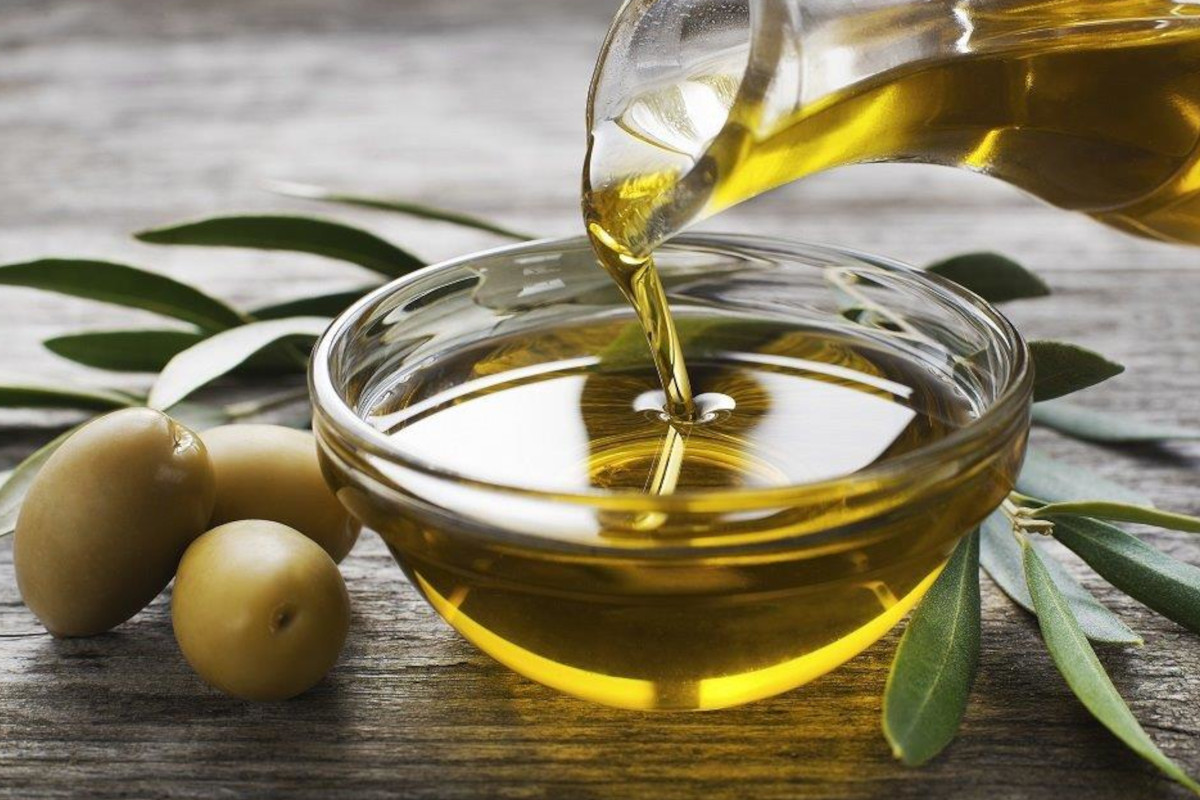
Farmers and millers across the olive oil-producing world are getting over one of the toughest harvests in recent memory. According to the latest Olive Oil Times annual survey, sent to 4,487 producers in 34 countries, respondents gave the 2023 harvest an overall rating of 51 out of 100, the lowest score since 2018.
Farmers and millers were most disappointed with their yield, rating it just 46 out of 100 – but also gave their judgment of the quality of their production the lowest score (72/100) since the survey began.
The despondency surrounding yields underlined the widely publicized drop in global olive oil production, which is expected to decline to 2.407 million tons in the 2023/24 crop year, the second-consecutive decrease and lowest total since 2013/14.
Find authentic Italian extra virgin olive oils on the Italianfood.net platform
Farmers and millers listed climate change, lack of consumer knowledge, and labor difficulties among their biggest concerns, which echoed the factors they cited as having most affected the harvest including higher production costs, excessive temperatures, and drought. Producers believe that olive oil sector stakeholders should focus on standards enforcement to reduce fraud, lobby governments for increased sector-specific support, and global marketing campaigns to promote olive oil consumption.
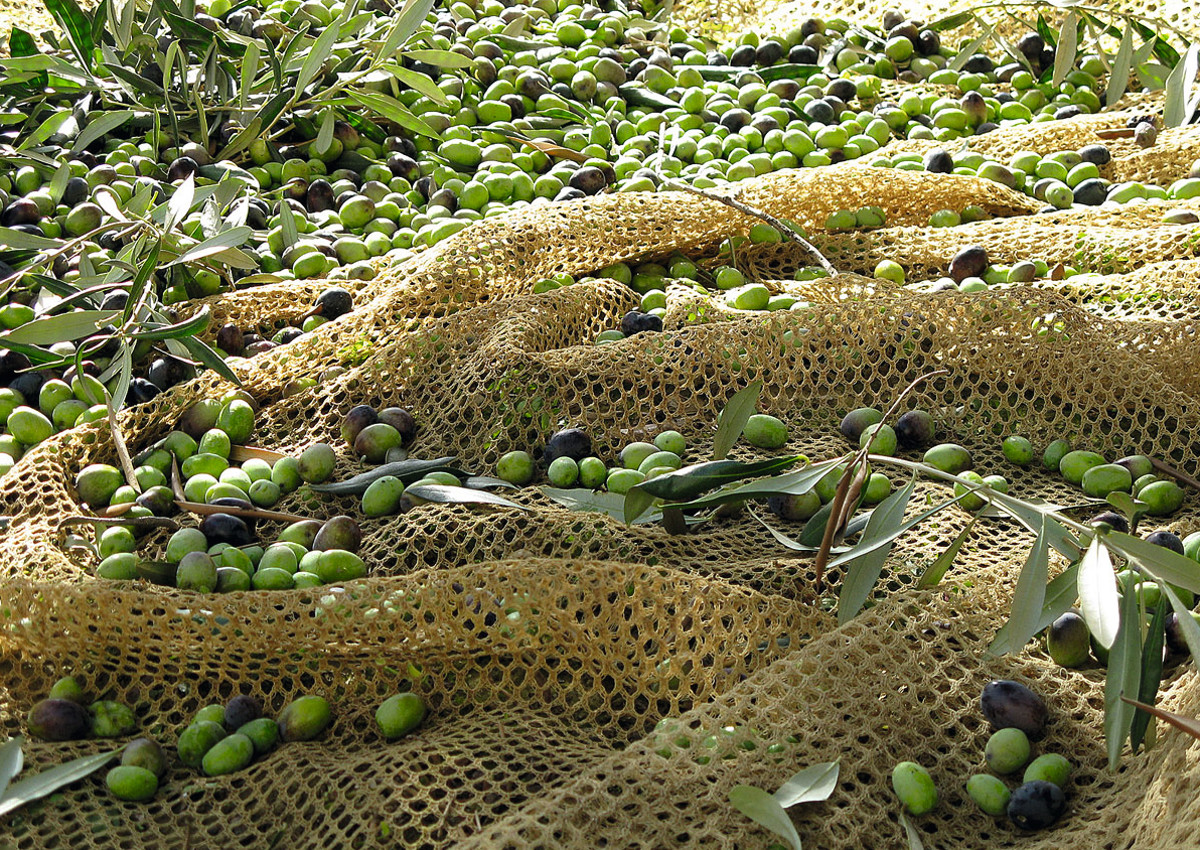
CLIMATE CHANGE IS THE TOP CONCERN
Once again, the impacts of climate change remain the most significant challenge for producers, with slightly more than 63 percent of respondents calling it one of their greatest concerns. The impacts of climate change were particularly acute in the Mediterranean basin, responsible for about 95 percent of global olive oil production, with unprecedentedly hot and dry weather damaging groves at key moments of olive tree development in southern Europe, North Africa, and the Middle East over the past two years.
Producers cited also a lack of consumer knowledge about olive oil as one of their biggest challenges, with nearly 49 percent of respondents calling it one of their most significant headwinds. This point is especially true in young olive oil markets, where local producers said price is consumers’ number one purchasing criterion, with many shoppers unaware of the differences in quality from a ‘pure’ or ‘light’ olive oil compared to an extra virgin.
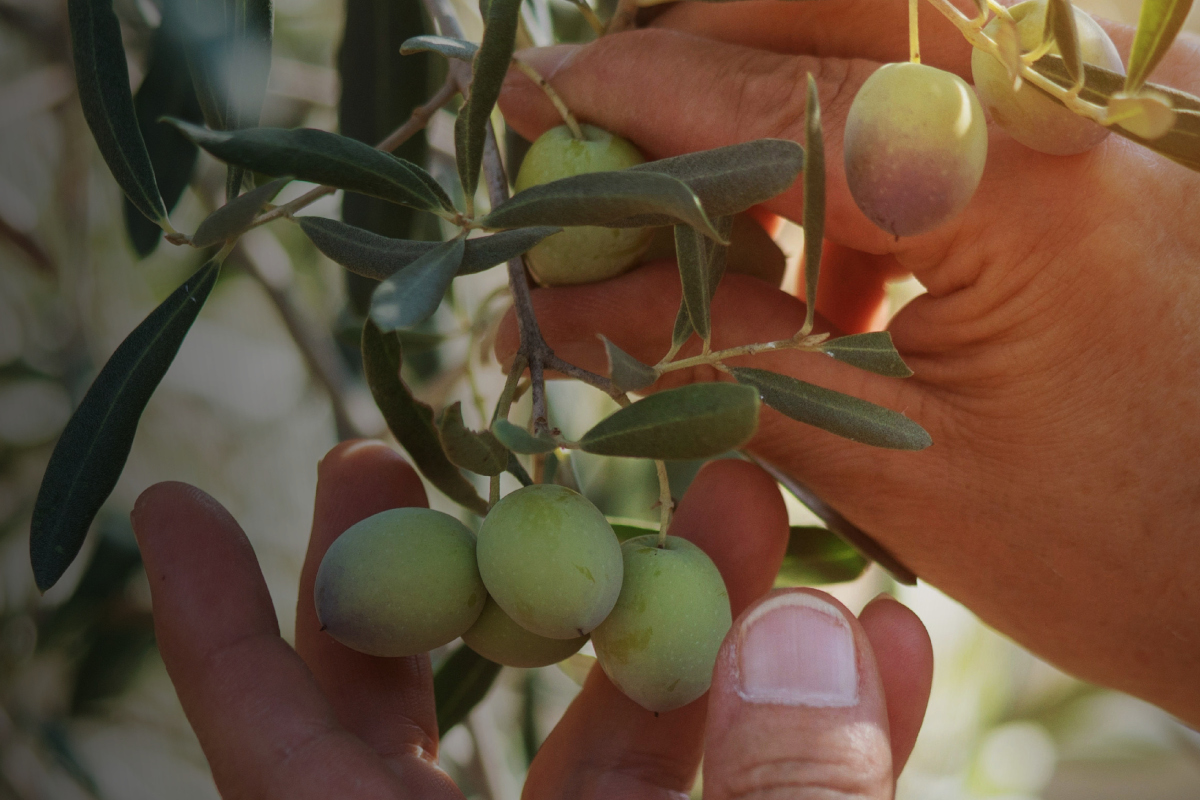
Labor difficulties ranked third among producer concerns, with 40 percent of farmers and millers listing it among their biggest worries. Traditional farmers consistently faced challenges in hiring enough workers to pick the fruit in time, compounded by higher wage demands.
While climate, consumer knowledge, and labor difficulties were by far the most prominent concerns cited by producers, high market prices (25 percent), export challenges (23 percent), falling consumption (19 percent), market competition (15 percent), and tariffs (7 percent) were also troubling.
RISING COSTS AND EXTREME WEATHER HAMPERED THIS YEAR’S HARVEST
Half of the respondents said high production costs spurred by inflation and the consequences of conflict in Europe and the Middle East impacted their harvest. Farmers and millers across the Mediterranean said higher interest rates have made servicing pre-existing loans and obtaining new ones especially challenging for small producers. After rising input costs, the 2023 harvest was affected by excessive heat, drought, and bad weather at pivotal moments, allowing the emergence of pests and hindering harvest activities. Temperatures soaring into the high 30s and low 40s across the Mediterranean basin in May damaged olive trees as they started blossoming, preventing many trees from yielding fruit. With temperatures expected to continue rising in the region, farmers are looking for more resistant varieties that can withstand rising spring temperatures.
After excessive heat, 40 percent of respondents said drought impacted their harvest this year, a significant rise from the 33 percent of respondents who said the same in the 2021 harvest.
While many parts of the Mediterranean basin remain in a drought, several regions have experienced significant rainfall, which helped replenish some water sources and created different problems for producers. Along with rain, spring hail storms in parts of Turkey also contributed to the country’s dramatic production decrease compared to its record-high harvest in 2022/23.
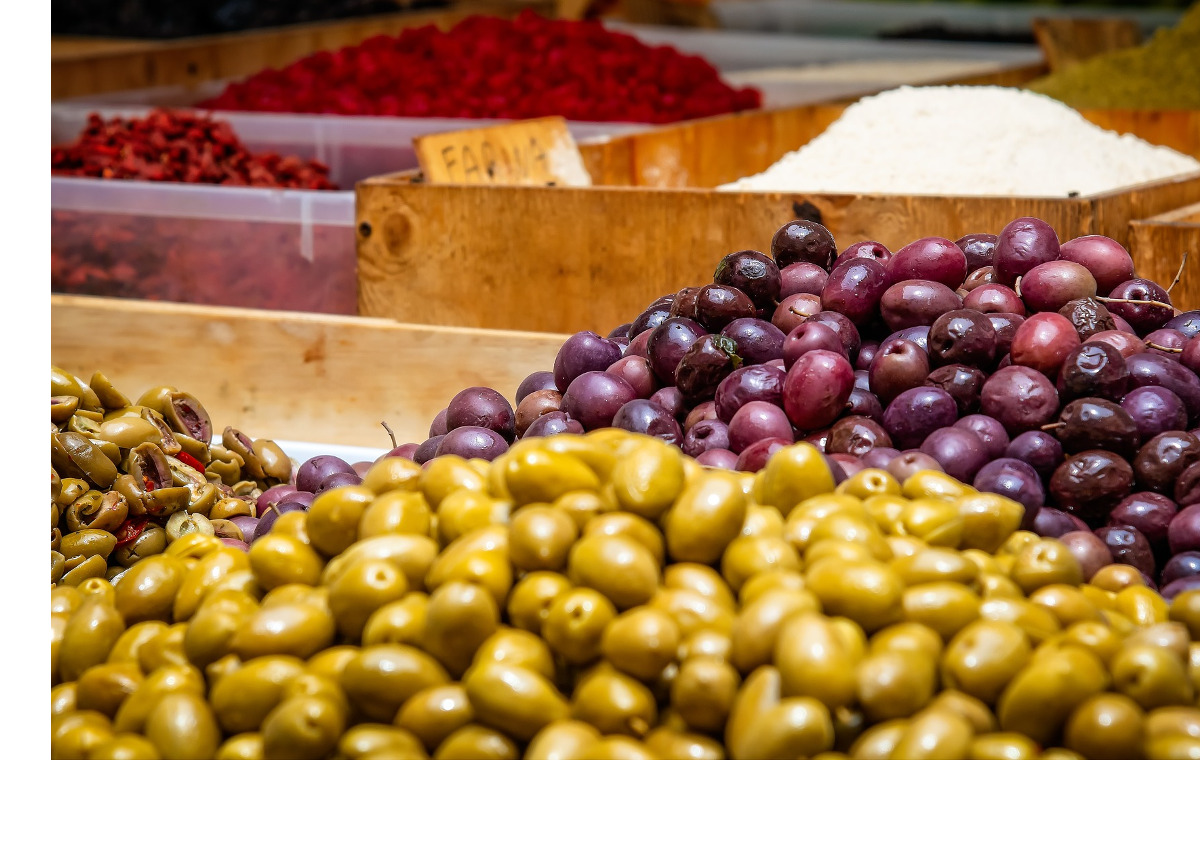
HIGH OLIVE OIL PRICES
Since the International Monetary Fund began tracking global olive oil prices in 1990, there has never been a steeper price increase than the one experienced over the past 12 months. Between November 2022 and November 2023, global prices, adjusted for inflation, rose by nearly 65 percent, soaring from $5,145 to $8,891 per ton.
According to survey responses, farmers and millers were in two minds about rising prices: one camp said they help offset higher production costs and lower yields, while the other worried that high prices were encouraging fraud and adulteration as well as forcing more price-sensitive consumers to either buy less olive oil or switch to cheaper alternatives. However, rising interest rates and historic inflation levels caused many buyers to reduce discretionary spending, including olive oil.
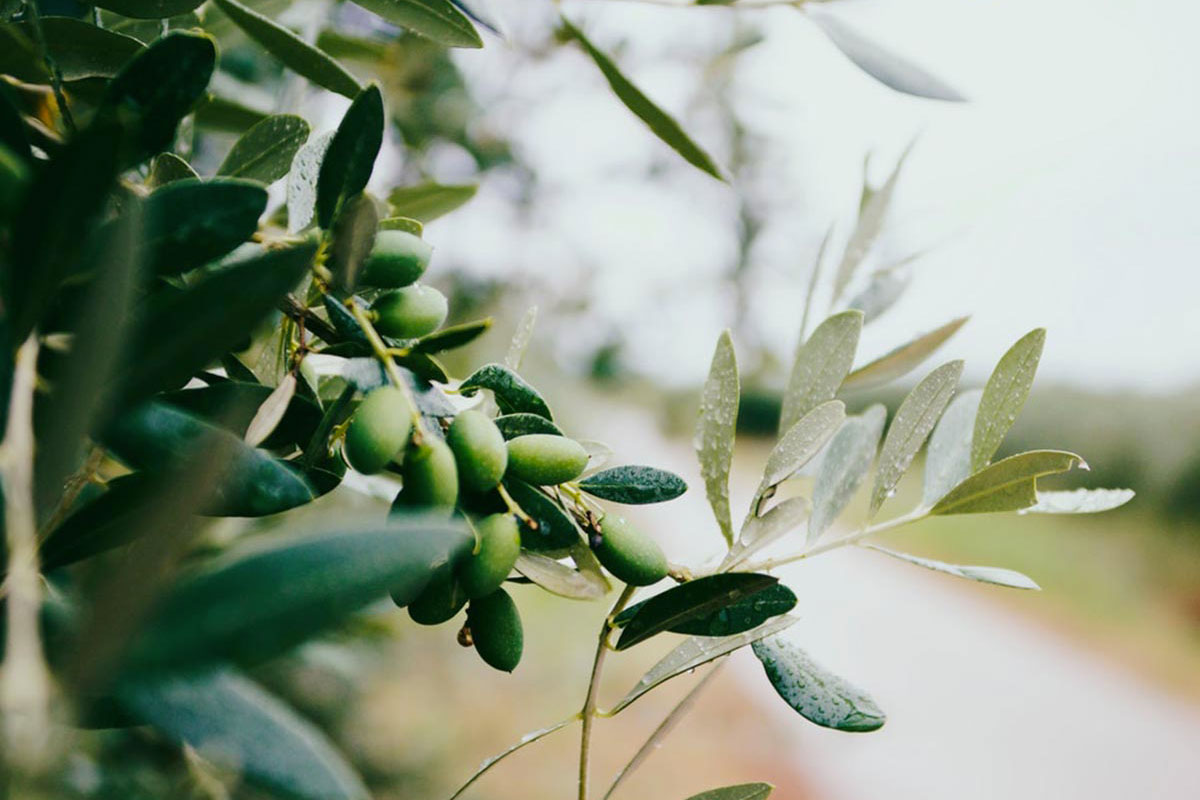
FIGHTING FRAUD: A TOP PRIORITY
Sixty-three percent of respondents said standards enforcement to reduce fraud in the marketplace should be a priority for producers and other stakeholders. While high prices are one factor that encourages fraudsters to act, other producers worry that this year’s drop in production will result in rising levels of adulteration to meet the demand for extra virgin olive oil. Along with standards enforcement, 50 percent of producers said the sector should receive increased government support.
Beyond these, 32 percent of producers said carbon credit programs should reward olive growers, while 22 percent called for more programs to attract workers to rural regions. Amid the trade tensions over the past five years and historic inflation levels in the past two, only 13 percent of producers called for tariff reductions and other measures to reduce prices at retail.
THE RISING ROLE OF TOURISM
Olive oil production is a low-margin business, and every way to cut costs or increase revenue is necessary to preserve the economic case for small-scale and traditional producers. Two-thirds of respondents said they welcome tourists to their mill, grove, or facility. Forty-five percent of respondents described the importance of tourism to their overall business as important to extremely important, with 12 percent saying it was extremely important.
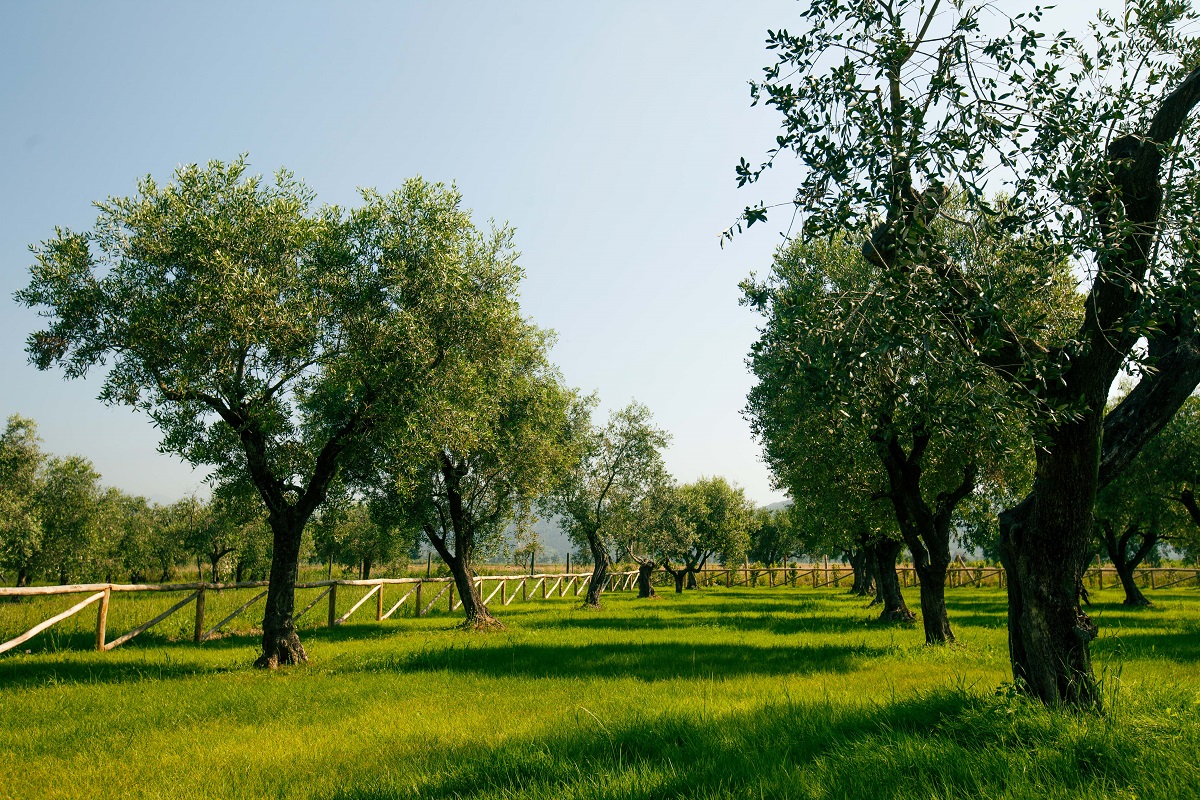
For producers welcoming tourists, tastings were the most common activity, with 87 percent of respondents offering the experience. Separately, 61 percent offer estate or harvest tours, and nearly 39 percent run courses or workshops.
Taking advantage of the fact many olive groves are surrounded by stunning scenery, about one-quarter of respondents said they offer their groves and associated infrastructure as an events venue, and 22 percent said they welcome overnight guests.
